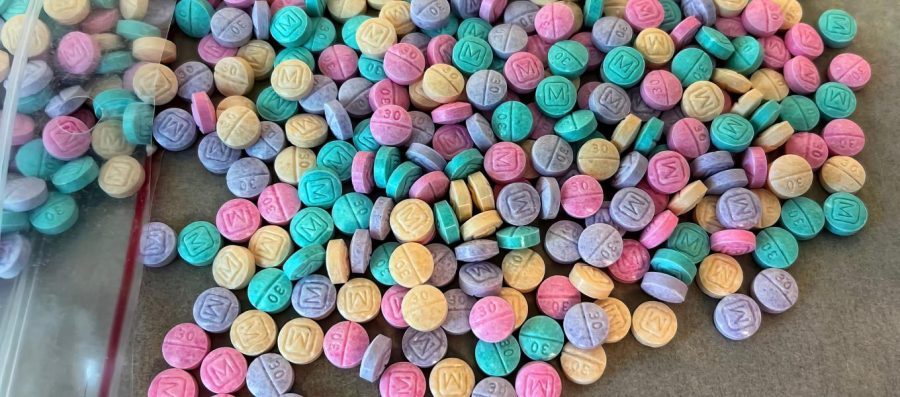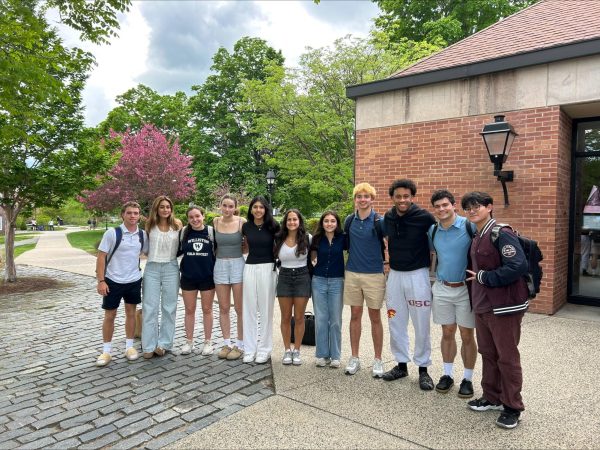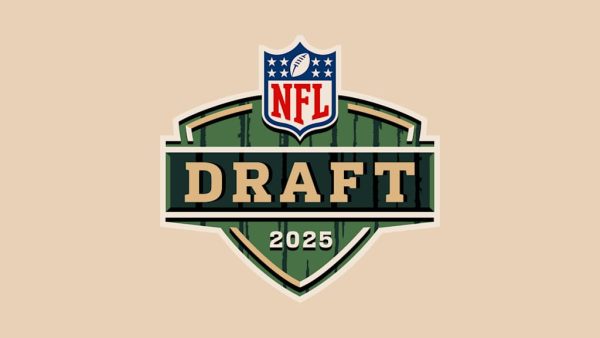“Rainbow Fentanyl” Reignites Halloween Drug Scare
As Halloween approaches, drug prevention agencies have released information warning against “Rainbow Fentanyl,” and the potential for the deadly drug to find its way into trick or treaters’ bags.
Fentanyl is a synthetic opioid that is 50-100 times stronger than morphine. It is a prescription drug that is only given out in extreme pain circumstances, such as recovery from surgery or trauma management. Because of its potency, fentanyl is also often used to enhance the effects of heroin and can be mixed seamlessly into heroin without looking different due to its identical white powdery appearance.
By disguising their drugs as candy-shaped pebbles that resemble Sweet Tarts and Skittles, drug cartels, a recent Drug Enforcement Administration (DEA) press release warns, are producing fentanyl pills that resemble popular treats with enough potency to kill a human with less than three milligrams of the drug.
The changing of fentanyl into different colors has been named “Rainbow Fentanyl,” and is “a deliberate effort by drug traffickers to drive addiction amongst kids and young adults” said DEA Administer Anne Milgram on the DEA website.
The trend of disguising deadly substances in Halloween candy has been a yearly scare from the beginning of the 1960s, starting with supposedly heroin-laced chocolate, to cyanide in pixie sticks, and razor blades in apples. Every year it seems to be a different threat, but this year’s candy fentanyl seems to be the most real and statistical issue for fun-loving children trying to enjoy their treats. The candy fentanyl, which looks scarily similar to sweet tarts, now has enough presence in the U.S. to kill everyone in the country three times over.
“Disguising fentanyl as candy – and concealing it in children’s toys – will never hide the fact that fentanyl is a deadly poison that harms our communities, our families, and our city,” said New York City Police Commissioner Keechant L. Sewell.
The opioid crisis in itself is a battle that the U.S. has been fighting for years, with the average death rate by opioid overdose in the U.S being 7 out of 10 drug-related fatalities, according to the CDC. More than 92,000 adults in the U.S. died of opioid-related drug overdoses in 2020, and since then, the overall drug overdose rate has dropped about 7%, but the rate of that being opioid-related has risen significantly. The factor that makes opioids so easy is that they are accessible and can be mass-produced extremely effectively.
During a press conference in August, NYC Special Narcotics Prosecutor Bridget G. Brennan emphasized the impact fentanyl has had on the streets of New York City.
“Using happy colours to make a deadly drug seem fun and harmless is a new low, even for the Mexican cartels,” she explained. “Fentanyl is already involved in more than 80% of overdose deaths in the city. If you take any drug sold on the street or through the internet, regardless of its medicinal markings or festive appearance, you risk your life.”
The U.S. spends an average of $3.1 billion annually on Halloween treats. Amid all the festivity frenzy, it is easy for less safe candies to be mixed into the pots of treats that kids will stick their hands into.
Despite the possibility of such a tragedy occurring on Halloween night, Allison Malinowski, a 9th-grade Humanities teacher from Easthampton, believes the practice of drug dealers giving away their products is illogical.
“While it’s scary to think that drugs can get into the hands of children, I think it’s unrealistic that drug dealers are going to be handing out drugs to children on Halloween,” she said. “It is a for-profit business.”










